Excavator Grab Arm Parts
Excavator grab arms are crucial attachments that enhance the versatility and efficiency of excavators in various industries. These specialized tools allow excavators to handle diverse materials, from bulk cargo to scrap metal, with precision and power. Understanding the key components, performance factors, and materials used in grab arms is essential for operators and project managers looking to optimize their equipment's capabilities.

What are the key components of an excavator grab arm?
Excavator grab arms are complex attachments composed of several crucial components working in harmony to provide effective material handling capabilities. Let's explore the primary elements that make up these versatile tools:
1. Main Body: The main body forms the core structure of the grab arm, providing strength and stability. It's typically made from high-strength steel to withstand the immense forces involved in grabbing and lifting operations.
2. Grab Tines: These are the "fingers" of the grab arm, designed to penetrate and secure various materials. Tines come in different shapes and sizes, optimized for specific applications such as handling logs, scrap metal, or bulk materials.
3. Hydraulic Cylinders: These powerful actuators control the opening and closing of the grab arm. They provide the force necessary to grip and hold materials securely.
4. Rotator: This component allows the grab arm to rotate, providing enhanced maneuverability and positioning capabilities. It's essential for precise material placement and efficient operation in confined spaces.
5. Linkage System: This system connects the grab arm to the excavator's boom or stick, ensuring smooth and controlled movement of the attachment.
6. Wear Plates: These reinforced areas on the grab arm protect high-stress points from excessive wear, prolonging the attachment's lifespan.
7. Pivot Points: These crucial junctions allow for the articulation of the grab arm, enabling it to open, close, and adjust to different material shapes and sizes.
8. Hoses and Fittings: These components facilitate the flow of hydraulic fluid, enabling the precise control of the grab arm's movements.
9. Safety Devices: Features such as check valves and load-holding valves ensure safe operation, preventing accidental dropping of loads in case of hydraulic failure.
10. Wear-Resistant Edges: The leading edges of the grab tines are often reinforced with hardened steel or special alloys to resist abrasion and maintain gripping efficiency over time.
Understanding these components is crucial for operators and maintenance personnel to ensure optimal performance and longevity of the excavator grab arm. Regular inspection and maintenance of these parts are essential to prevent unexpected downtime and maintain productivity on the job site.
How do different grab arm parts affect performance and durability?
The performance and durability of an excavator grab arm are directly influenced by the quality and design of its individual components. Let's examine how various parts impact the overall functionality and longevity of the attachment:
1. Tine Design: The shape, spacing, and material of the grab tines significantly affect the arm's ability to handle different materials. Wider tines are suitable for bulky items, while narrower, sharper tines excel at penetrating dense materials. The design of the tines also influences the arm's gripping force and material retention capabilities.
2. Hydraulic Cylinder Capacity: The size and power of the hydraulic cylinders determine the grab arm's closing force. Stronger cylinders allow for handling heavier loads but may require more hydraulic flow from the excavator.
3. Rotator Strength: A robust rotator enhances the grab arm's versatility, allowing for precise material placement. The rotator's durability is crucial, as it bears significant loads during operation.
4. Wear Plate Quality: High-quality wear plates made from abrasion-resistant materials significantly extend the life of the grab arm, especially in harsh working conditions involving abrasive materials.
5. Pivot Point Design: Well-designed pivot points with proper lubrication systems reduce friction and wear, ensuring smooth operation and longevity of the grab arm.
6. Hydraulic System Efficiency: Properly sized hoses and fittings minimize pressure loss and heat generation, contributing to overall system efficiency and component lifespan.
7. Safety Feature Integration: Advanced safety features not only prevent accidents but also protect the grab arm from damage due to overloading or sudden impacts.
8. Material Selection: The choice of materials for each component dramatically affects the grab arm's weight, strength, and resistance to wear and corrosion.
9. Structural Reinforcement: Strategic reinforcement in high-stress areas enhances the grab arm's ability to handle heavy loads without deformation or fatigue.
10. Sealing and Protection: Effective sealing of moving parts and electrical components protects against dust, moisture, and contaminants, ensuring reliable performance in various environments.
The interplay between these factors determines the excavator grab arm's overall performance, efficiency, and lifespan. Manufacturers continually refine these components to create grab arms that offer improved productivity, reduced maintenance requirements, and enhanced durability in challenging operating conditions.
What materials are commonly used in manufacturing excavator grab arms?
The selection of materials for excavator grab arms is crucial in determining their performance, durability, and suitability for various applications. Manufacturers carefully choose materials that offer the best balance of strength, weight and wear resistance. Here's an overview of the common materials used in the production of excavator grab arms:
1. High-Strength Steel: The main structure of grab arms is typically constructed from high-strength steel alloys. These materials offer an excellent combination of tensile strength, toughness, and formability. Common grades include:
- ASTM A514 (T1 steel): Known for its high yield strength and good weldability.
- Hardox: A brand of wear-resistant steel that offers exceptional hardness and toughness.
- Strenx: Another high-strength structural steel used for its excellent strength-to-weight ratio.
2. Wear-Resistant Alloys: For components subject to high abrasion, such as the grab tines and wear plates, specialized wear-resistant alloys are employed. These may include:
- Manganese steel: Known for its work-hardening properties, ideal for high-impact applications.
- Chromium carbide overlay: Applied to surfaces for extreme wear resistance.
- Hardened tool steels: Used for their combination of hardness and toughness.
3. Cast Steel: Some components, particularly those with complex shapes, may be manufactured using cast steel. This allows for the creation of intricate designs while maintaining structural integrity.
4. Aluminum Alloys: In applications where weight reduction is crucial, certain non-load-bearing components may be made from high-strength aluminum alloys.
5. Composite Materials: Advanced composite materials, such as fiber-reinforced polymers, are sometimes used for specific applications where corrosion resistance and weight reduction are priorities.
6. Elastomers: Rubber and polyurethane components are used for seals, bushings, and dampening elements to reduce vibration and prevent material damage.
7. Specialized Coatings: Various coatings and surface treatments are applied to enhance wear resistance, corrosion protection, and aesthetic appeal. These may include: - Zinc galvanization for corrosion resistance - Powder coating for durability and color customization - Thermal spraying for wear-resistant surfaces
8. High-Performance Plastics: Certain bushings, bearings, and non-load-bearing components may utilize high-performance plastics like UHMW-PE (Ultra-High Molecular Weight Polyethylene) for their low friction and self-lubricating properties.
9. Hydraulic Components: Seals, hoses, and fittings in the hydraulic system often use specialized materials such as nitrile rubber, polytetrafluoroethylene (PTFE), and high-pressure steel alloys.
10. Nano-Enhanced Materials: Some manufacturers are exploring the use of nano-enhanced materials to improve strength, reduce weight, and enhance wear resistance in critical components.
The selection of materials is a complex process that considers factors such as load requirements, operating environment, expected lifespan, and cost-effectiveness. Advances in material science continue to drive innovations in excavator grab arm design, leading to attachments that are stronger, lighter, and more durable than ever before.
By carefully selecting and combining these materials, manufacturers can create excavator grab arms that meet the diverse needs of industries ranging from construction and demolition to scrap handling and maritime operations. The ongoing development of new materials and manufacturing techniques promises even more advanced and efficient grab arms in the future, further enhancing the capabilities of excavators in material handling applications.
Tiannuo Machinery Excavator Grab Arm Quotation
Tiannuo Machinery offers a comprehensive range of excavator grab arms designed to meet the diverse needs of various industries. Our grab arms are engineered for optimal performance in applications such as dock unloading, railway transportation unloading, and waste steel handling. We understand that each project has unique requirements, which is why we provide customizable designs to ensure our products align perfectly with your specific needs.
Our grab arms are available for a wide range of excavator tonnages, including:
- 12-16 tons
- 20-27 tons
- 30-38 tons
- 40-49 tons
To prevent deformation and enhance durability, we employ advanced beveling welding techniques in our manufacturing process. Our commitment to quality and innovation has earned us recognition as a leading provider of excavator attachments.
We offer extensive customization options, including adjustable arm length, variable lifting capacities, and diverse attachment configurations. This flexibility allows us to tailor our products to the exact specifications of your projects, ensuring optimal performance and efficiency.
If you're in the market for a reliable and high-performance grab arm manufacturer, we invite you to reach out to our dedicated team. Our experts are ready to assist you in finding the perfect solution for your material handling needs.
For personalized assistance and quotations, please contact our management team: - Manager: arm@stnd-machinery.com - Team members: rich@stnd-machinery.com and tn@stnd-machinery.com
Let Tiannuo Machinery be your partner in enhancing your excavator's capabilities with our state-of-the-art grab arms. Contact us today to discuss how we can contribute to the success of your projects.
References
[1] Holt, G. D., & Edwards, D. J. (2013). Analysis of United Kingdom off-highway construction machinery market and its consumers using new-sales data. Journal of Construction Engineering and Management, 139(5), 529-537.
[2] Patel, B. P., Prajapati, J. M., & Gadhvi, B. J. (2017). An excavator attachment: Conceptual design and structural analysis. Journal of The Institution of Engineers (India): Series C, 98(4), 499-508.
[3] Solazzi, L. (2010). Design of aluminium boom and arm for an excavator. Journal of Terramechanics, 47(4), 201-207.
YOU MAY LIKE
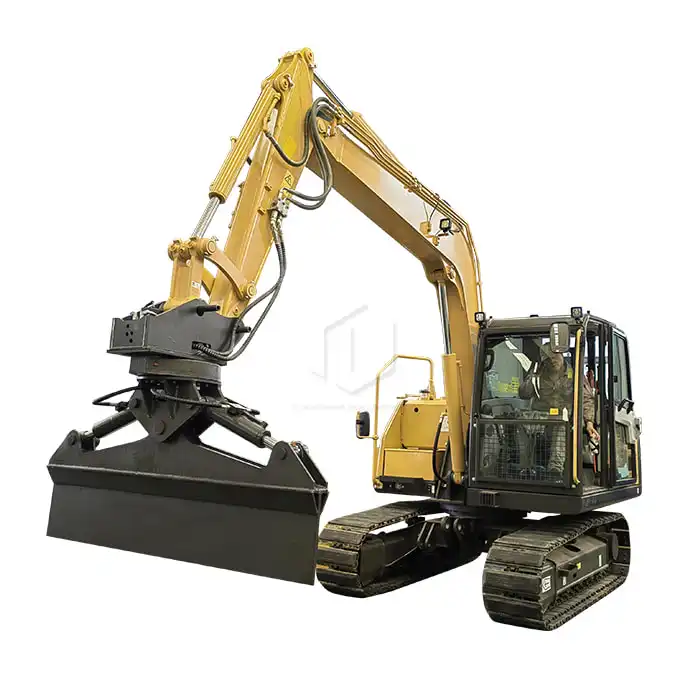 VIEW MOREExcavator Railway Slope Cleaning Machine
VIEW MOREExcavator Railway Slope Cleaning Machine VIEW MORERail-Road Ballast Undercutter Excavator
VIEW MORERail-Road Ballast Undercutter Excavator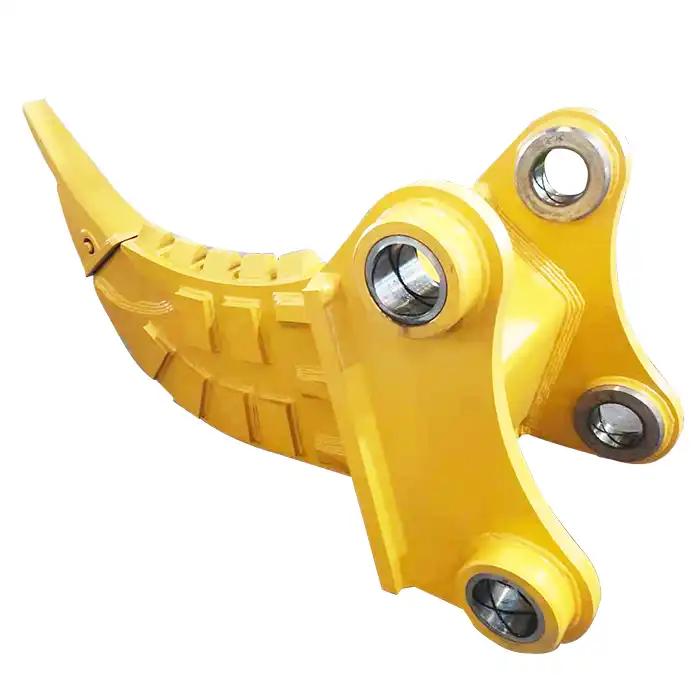 VIEW MOREExcavator Ripper
VIEW MOREExcavator Ripper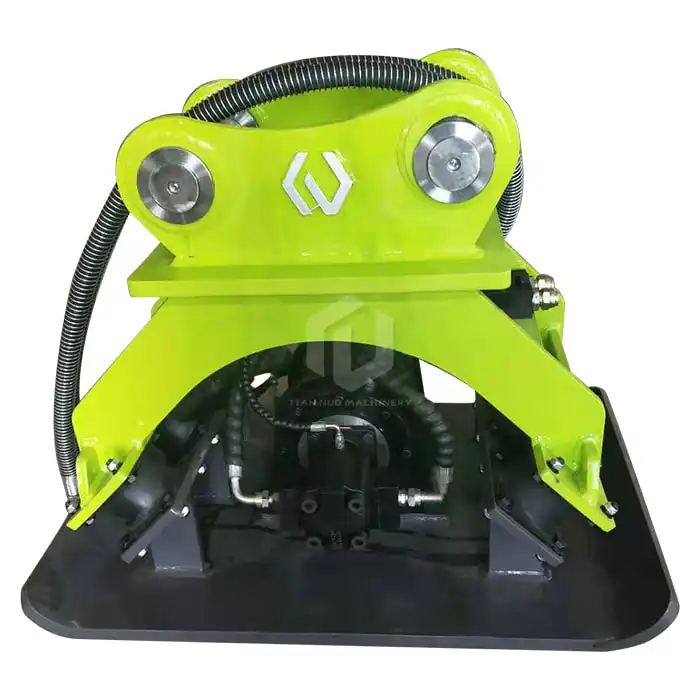 VIEW MOREExcavator Vibratory Compactor
VIEW MOREExcavator Vibratory Compactor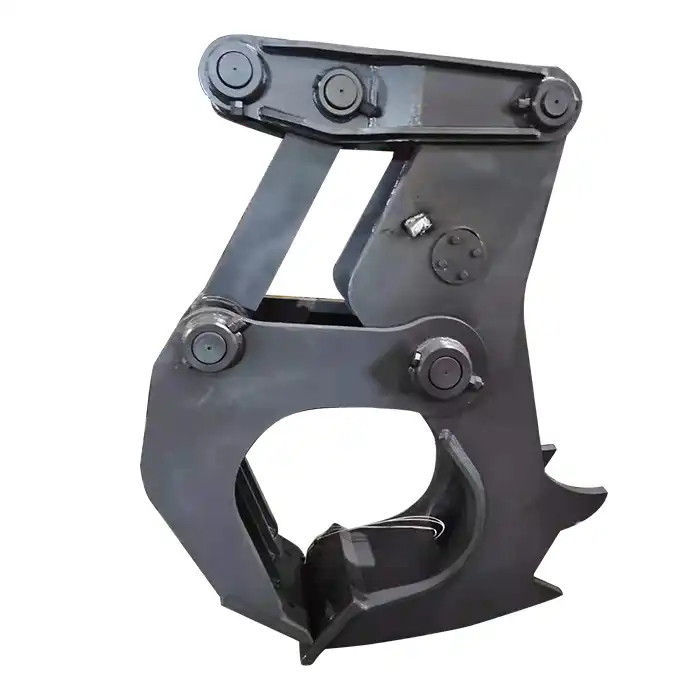 VIEW MOREExcavator Wood Splitter
VIEW MOREExcavator Wood Splitter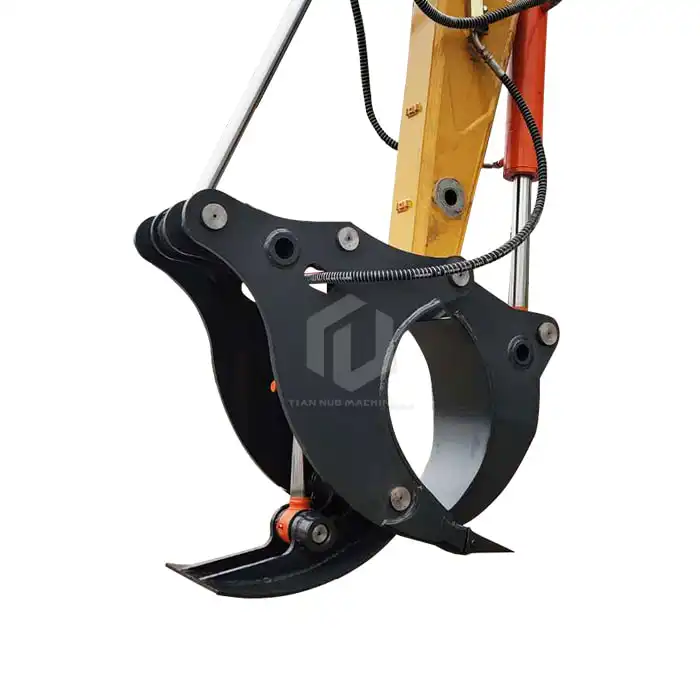 VIEW MOREExcavator Tree Stumper
VIEW MOREExcavator Tree Stumper VIEW MOREExcavator High Frequency Screening Bucket
VIEW MOREExcavator High Frequency Screening Bucket VIEW MOREExcavator High Reach Demolition Long Boom And Arm
VIEW MOREExcavator High Reach Demolition Long Boom And Arm

